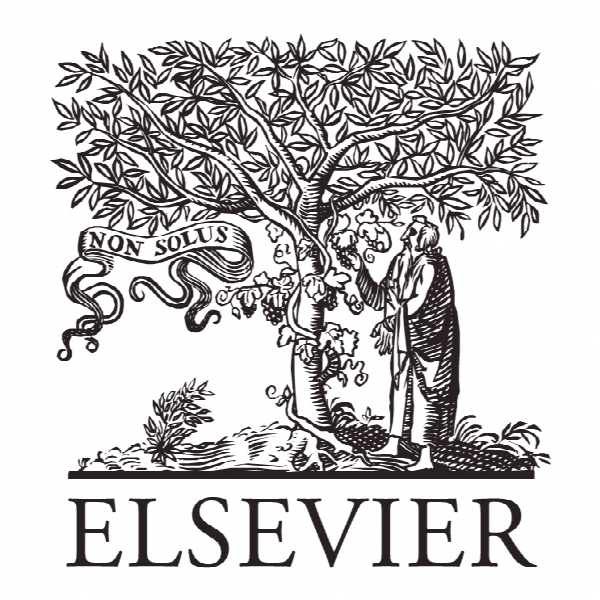درک فرهنگ و شهروندی سازمانی توسط هیئت علمی دانشکده داروسازی Perceptions of organizational culture and organizational citizenship by faculty in U.S. colleges and schools of pharmacy
- نوع فایل : کتاب
- زبان : انگلیسی
- ناشر : Elsevier
- چاپ و سال / کشور: 2018
توضیحات
رشته های مرتبط مدیریت و اقتصاد
گرایش های مرتبط مدیریت استراتژیک
مجله جریان در آموزش و یادگیری داروخانه – Currents in Pharmacy Teaching and Learning
دانشگاه College of Pharmacy – Touro University California – United States
منتشر شده در نشریه الزویر
کلمات کلیدی انگلیسی Organizational culture, Organizational citizenship behaviors, Academic pharmacy, Institutional effectiveness, Quality of worklife
گرایش های مرتبط مدیریت استراتژیک
مجله جریان در آموزش و یادگیری داروخانه – Currents in Pharmacy Teaching and Learning
دانشگاه College of Pharmacy – Touro University California – United States
منتشر شده در نشریه الزویر
کلمات کلیدی انگلیسی Organizational culture, Organizational citizenship behaviors, Academic pharmacy, Institutional effectiveness, Quality of worklife
Description
Introduction Higher education continues a long history of evolution. Initial changes were brought about through the proliferation of academic disciplines into specialized fields where quantity of research output became the expectation.1 With this continued expectation also arises more recently greater accountability for teaching outcomes.2 Currently, academic pharmacists are beset with internal and external pressures to be consummate teacher-scholars, with the possibility of role conflict even among more seasoned and adept academicians.3 This is further exacerbated by the expectation (and need) for advocacy not only by institutions but by individual faculty so as to promote the profession and leverage those actions into provider status for practitioners,4 along with an increasing emphasis on assessment of myriad types of outcomes.5 As such, the concept of organizational culture has received considerable attention in the academic milieu in general, and in academic pharmacy, specifically.6 Academic pharmacy has described the need to promote a culture of scholarship,7 assessment,8 diversity and inclusion,9 academic integrity,10 cultural competence,11 professionalism,12 and many more such “sub-cultures”. Promoting these subcultures is indeed admirable, if not always easy to achieve. One aspect of these subcultures is that they approach organizational culture as a typological versus a dimensional concept. A typological approach regards organizational culture as having the presence or absence of a certain quality. A dimensional approach takes into account the various underlying components of culture, with an appreciation for their interrelatedness.13 This is underscored within a more recent definition by Schein,13 regarded by many as one of the greater authorities on organizational culture, and whose definition serves as the basis for this research. Schein indicates organizational culture to be a pattern of shared basic assumptions learned by a group as it solves problems of external adaptation and internal integration, that work well enough to be considered valid.13 However, the impact played by organizational culture on a day-to-day basis often gets overlooked. One reason is that agreement on a definition remains elusive. There are many definitions, which the simplest and perhaps most frequently cited being, “how things are done around here.” 14 However, more comprehensive assessments recognize culture’s multidimensional nature and are careful to distinguish organizational culture from organizational climate.15 Climate is more transient, temporal, and subject to manipulation by people with power, rather than culture, which can be gradually impacted by those same individuals, but which involves a more holistic, comprehensive, and evolutionary approach.16 Organizational culture can vary not only among institutions within a certain area, or industry, but can also vary from one area/ industry to another. Academia (particularly at four-year institutions) involves the provision of service, rather than a product.


